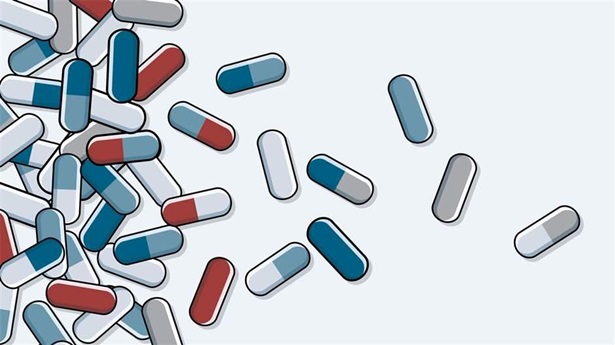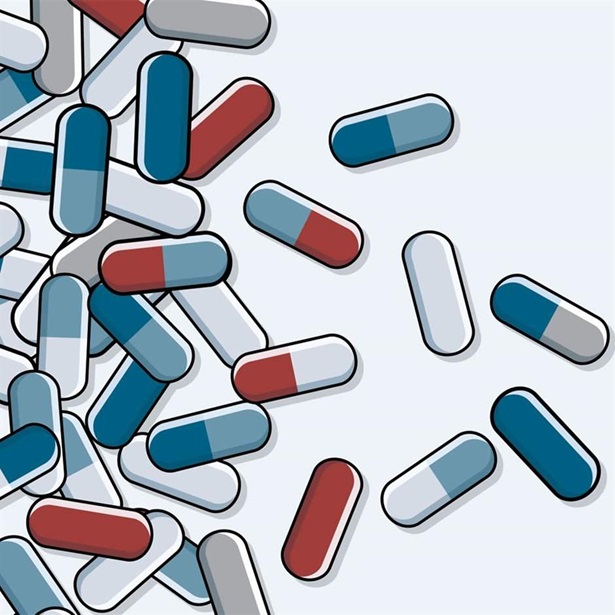The Pew-MacArthur Results First Initiative in New York
This fact sheet was updated Nov. 2, 2018 to reflect progress in the state’s evidence-based policymaking work.
Background
Driven by the belief that the Results First approach would support the state’s objectives of reducing crime and lowering prison and jail populations, in late 2011 New York began developing a comprehensive cost-benefit analysis model to serve the state’s public safety agencies. The decision to adopt cost-benefit work was a natural extension of New York's commitment to data-driven decision-making. The New York State Division of Criminal Justice Services (DCJS) assumed technical responsibility for the Results First model but its output is available to serve all of the agencies within the public safety sector of the executive branch.
Implementation
DCJS was selected because of its role as a multifunctional support agency with a wide range of responsibilities. In addition to having access to a wide range of comprehensive criminal justice data, DCJS serves as the state's statistical analysis center and its administering agency for funds from the federal Office of Justice Programs. These factors made DCJS an optimal location for the placement of New York's cost-benefit model. The agency completed initial implementation of the adult criminal justice component of the Results First model in fall 2013 and issued its first public report in October 2013. Additional cost-benefit results were posted to the agency’s website in July 2014, and numerous internal analyses have influenced adult criminal justice programming and budgetary decisions in subsequent years.
Findings
Using their Results First analyses, DCJS has identified several community-based and jail-based programs that are likely to positively impact public safety and reduce correctional spending; some interventions have been projected to return more than $4 for each dollar spent. While funding evidence-based employment and cognitive programs has been a priority for a number of years, the ability to model quantifiable impacts on crime and spending allowed the state to streamline and reorganize its community corrections funding and solidify the presence of cost-effective evidence-based interventions in the state’s criminal justice portfolio.
Policy impact
From the earliest days of New York’s participation with Results First, the state has been fully committed to utilizing cost-benefit analyses, verifying that programs are implemented with fidelity, and conducting outcome evaluations to ensure that taxpayer dollars are being spent in a manner that produces the maximum public safety return. The state’s Results First work has been highlighted in the Governor’s State of the State reports and included in several of the state’s requests for proposals and social impact bond efforts. Since beginning its participation with Results First, New York has awarded more than $50 million through competitive grant processes that support alternatives-to-incarceration and re-entry programs. The proportion of alternatives-to-incarceration and re-entry investments dedicated to evidence-based interventions has increased from 25 percent in fiscal year 2012-13 to nearly 80 percent in fiscal year 2016-17.
Next steps
DCJS is committed to supporting cost-effective, evidence-based interventions. In May 2018, the agency released a competitive solicitation for Jail-Based Cognitive Behavioral Intervention (CBI) services, making approximately $2.2 million available annually. Grant awards were made during Summer 2018 with programming beginning in January 2019. New York will continue to use its Results First modeling to solicit and assess community and correctional services and will continue with its robust fidelity and evaluation work, which monitors programs’ progress towards achieving expected outcomes. The agency also will continue to provide a broad array of training and technical assistance services to local providers to help them deliver high-quality services in the most effective and efficient manner possible.











